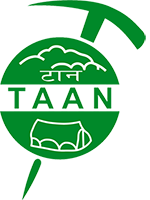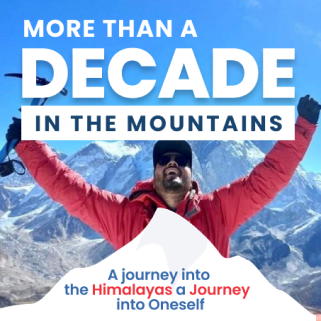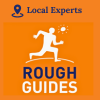
List of Trekking Gears and Equipment

List of Trekking Gears and Equipment
swotah travel
9006
30, 12 2022
You finally chose to take the plunge and go on that trekking expedition you've always wanted to do. The only problem? It would be best if you decided what gear to bring.
Don't worry; we got you. Below is a comprehensive trekking gear and equipment list, starting with the basics and moving on to the more advanced items. So whether you're a newbie or an experienced trekker, this list has you covered.
What to Wear While Trekking?
What you wear when trekking is just as crucial as your pack gear. That's why it's essential to have a comprehensive list of the right clothes to wear when hiking. Your clothing should be able to protect you from the elements while you're trekking. Wear clothes that are made of waterproof and breathable fabrics, such as Gore-Tex or eVent.
Make sure that your clothes are also comfortable and can wick sweat away from your body. You'll also want to wear a hat and sunscreen to shield your skin from the sun.
In colder weather, you'll need to dress in layers to adjust as the temperature changes. Start with a moisture-wicking base layer, then add warmer layers like a fleece or down jacket. Bring a hat, gloves, and a scarf for extra warmth. Here are some other general guidelines to follow when choosing what to wear on a trek:
Wear layers: Layering allows you to adjust your clothing to the changing weather and temperature. Choose lightweight, breathable layers that can be easily added or removed.
Wear moisture-wicking fabrics: Look for materials that will help to keep you dry and comfortable by wicking moisture away from your skin. This is especially important in warm or humid conditions.
Protect your feet: Wear sturdy, well-fitting hiking boots or shoes that provide good support and traction. Make sure to split them in before your trek to prevent blisters.
Protect your head and face: A wide-brimmed hat or cap can protect you from the sun and help to keep you cool. Sunglasses or goggles can also help protect your eyes from the sun and wind.
Pack a rain jacket: Even if the forecast looks good, it's always a good idea to bring a rain jacket or poncho in case of unexpected rain or storms.
Bring extra socks: Socks can get wet or dirty quickly during a trek, so it's a good idea to bring a few different pairs to change into as needed.
Remember to pack all your clothing and gear in a lightweight, waterproof backpack to stay dry and protected. It's also a good idea to bring a few extra items, such as a warm hat or gloves, in case the weather turns colder.
Backpacks: What to Carry While Trekking
Your backpack is your home away from home while trekking. Not only does it carry all your trekking essentials, but it also becomes your best friend in times of need. Knowing what to pack in your backpack before hitting the trails is essential.
Clothing
-
Trekking Boots
-
Trekking Trousers
-
Trekking Shirts
-
Fleece
-
Hardshell jacket
-
Down Jacket
-
Buffs (Merino wool)
-
Socks (merino wool)
-
Inner Thermals
-
Woolen cap
-
Neck gaiter
-
Gloves
-
Sun Hat
-
Sandals
-
Running Shoes
Here are some other essential items to bring with you:
First Aid kit: This should include bandages, disinfectants, painkillers, and other medical supplies that you might need.
Emergency whistle: This can come in handy if you get lost or need help while trekking.
Sunscreen and lip balm: Make sure to protect yourself from the sun's harmful UV rays.
Hat and sunglasses: The sun can be brutal during treks, so protect your head and eyes.
Extra clothes: You might get wet or muddy during the trek, so it's a good idea to pack an extra set of clothes just in case.
Trekking Poles: Not all trekking poles are created equal, and there are a few things you'll want to consider before you make your purchase.
First and foremost, the trekking poles must be adjustable to fit your height. They should also have a robust locking system so they don't collapse while you're on the trail. The grip and handle should be comfortable to hold, and the poles should have a strap so you can secure them around your wrist when not in use.
Most importantly, the trekking poles need to be sturdy. They'll carry a good deal of your weight, so you'll want to ensure they can handle it. Trekking poles come in various materials, including aluminium, carbon fibre, and titanium. So which is right for you? It depends on your budget and how much weight you're willing to carry.
Tent and Sleeping Equipment for Trekking
You'll need the right tent and sleeping equipment to ensure you're ready for an outdoor camping or trekking trip. When selecting a tent, make sure you take into consideration size, weight, and waterproofing. Also, choosing one with a reliable rainfly that can keep out wetness without compromising ventilation is essential.
Remember that temperature ratings are essential for sleeping equipment like sleeping bags and pads. Choose a sleeping bag with enough insulation for your environment to keep you warm at night. Additionally, pick a sleeping pad that is lightweight and compact but provides the cushioning you need for sound sleep outdoors.
When shopping for these trekking gear and equipment, always think about comfort and convenience—it's worth taking the time to look around for the best options available!
Cooking and Hydration Gear for Trekking
Whether trekking for a few days or weeks, you'll need to fuel your body with proper nutrition. You'll need to take some cooking and hydration gear along with your other trekking essentials.
First, you'll want to invest in a lightweight stove and fuel canister. These will allow you to cook warm meals on the go! Make sure you have a water filter and purifier to help provide clean drinking water while on the trail. You can also opt for portable water bottles that come with built-in filtration capabilities as well.
Last but not least, get yourself a thermos flask or container that's insulated enough to help keep your drinks or food warm during cold weather months. This is especially helpful if you want to enjoy something hot while hiking in the snow!
Safety Essentials for Trekking
Safety is paramount for those looking to get out into the world. You want to ensure you have the right equipment and gear to keep you safe in the wild. Let's take a look at some of the essentials for trekking:
Navigation tools: You should always carry a map and compass when exploring the outdoors, as well as a GPS device or smartphone with maps downloaded. Also, it's essential to know how to read basic topographic maps to find your way around unfamiliar terrain.
First aid kit: Whether or not you take an advanced first aid class, it's wise to include items such as Band-Aids and antiseptic wipes. Additionally, ensure your kit consists of any medications or medical needs you might have while out.
Emergency shelter: Adverse weather conditions can emerge quickly while out trekking. Always include an emergency shelter like a lightweight tarp that can protect against wind, rain, and snow — essential items for survival if something goes wrong!
These are just some safety essentials for trekking but remember that being prepared also includes being mentally aware of your surroundings at all times!
Absolutely Necessary Gears

Must have Gears

Good to have Gears

Might as well gears

Trekking Gears and Equipment In Nepal
Your following action is to find out what kind of trekking gear and equipment you need. If you're trekking in Nepal, here are some of the must-have items: a down jacket, a windproof jacket, an insulated sleeping bag, trekking shoes, a rucksack or backpack, a sturdy walking stick (or two!), camping mat or foam mattress for sleeping outdoors and a rain cover for your backpack.
You'll also want to invest in a good pair of sunglasses, a sunhat, and sunblock (for protection from the strong Himalayan sunshine). The mountains' cold nights can require more specialized gear like thermals and woolen liners. Remember to pack personal medical supplies like bandages, antiseptic wipes, creams, and ointments. Lastly, make sure you have plenty of water and snacks on hand.
Having the correct gear for a trek when hitting the great outdoors. That's why we've put together this comprehensive trekking gear and equipment list. So, whether you're a rookie or a seasoned trekker, equip yourself with all the essentials before heading out on your next adventure!
NEWSLETTER SIGNUP
Sign up to receive our trip ideas and travel offers!
Get updates and Exclusive Offers up to 20% Discount








